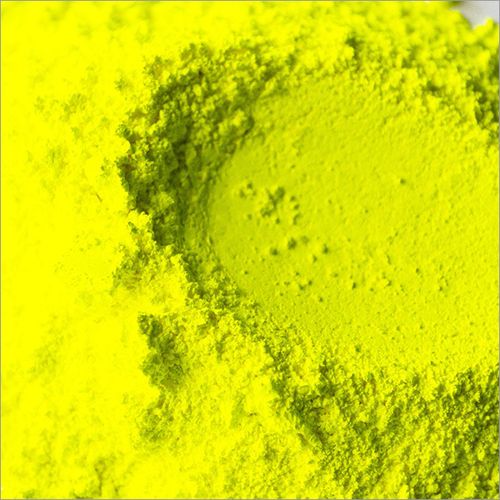Chromatogram – A Powerful Tool for Forensics
The forensic uses of Chromatography are diverse and commonplace. With the prevalence of forensic-based shows like CSI can you think CSI: Vegas is losing Grissom, many layman have at least a superficial comprehension of forensics. Chromatography, described as a physical separation method where the components of a mixture are separated by differences in their distribution between two phases, one of which is static stationary phase while another mobile phase moves through it in a certain direction, is a mainstay of forensic procedures and evaluations.
The Russian botanist Mikhail Semyonovich Tsvet 1872-1919 is often credited with pioneering chromatography. He was born in Asti in Italy and attended the prestigious University of Geneva, where graduated with a B.S. degree from the Department of Mathematics and Physics. In 1903, while experimenting with a range of chemical compounds, he detected the several compounds registered as distinguishing colours under a UV lamp. Stet’s work was originally passed , due in large part to the fact he only published his work in Russian, but benefited from a resurgence of interest from the 1930s.
Currently, there is a variety of chromatographic procedures available. These include gas chromatography, liquid chromatography, ion exchange chromatography, and affinity chromatography. What this procedure allows, among several other advantages, is the exact separation of complex chemical mixtures using a color-coded matrix. The identification of substances by way of a color code has made chromatography very popular, particularly at potentially cluttered forensic crime scenes. Normally, the application of chromatogram in a lab setting entails passing a mix through a series of phases. The mixture moves from a mobile stage, through a stationary phase, and results from the isolation of the desired molecule or chemical. This method can be preparative or analytical, wherein preparative chromatography isolates compound for additional research and analytical is concerned with measuring relative proportions. The poisonous gases are carbonyl sulfide, hydrogen sulfide, hydrogen chloride, nitrous oxide, nitrogen oxide, and hydrogen bromide. The light gases are argon, neon, krypton, and xenon. The pharmaceutical grade gases are hydrogen chloride, methyl bromide, carbonyl sulfide, isobutylene, butane, and propane. The particular gases are hydrogen, helium, nitrogen, argon, artificial atmosphere, 5 percent methane, BAL argon, and 10 percent methane. The inert gases are neon, argon, deuterium, SF6, krypton, xenon 126, xenon 129 and tritium. Isotopic gases are helium 3, xenon 126, xenon 129 and tritium. Particular gas chromatography applications also utilize hydrocarbon gases such as methane, ethane, propane, butane, pentane, heptanes, ethane, ethylene, acetylene, benzene, ethyl acetylene, carbon monoxide and methyl bromide. These gases are available as commercial grade, digital grade and instrumentation grade with a broad assortment of levels in purity levels.







